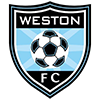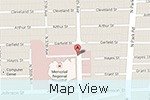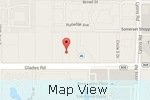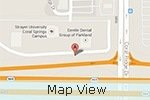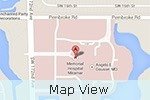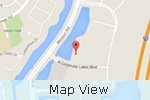Adolescent Idiopathic Scoliosis
Scoliosis is a condition where there is abnormal lateral curvature of the spine that makes the spine appear as “S” or “C” curve. It can occur at any age and is seen more frequently in girls than boys. The exact cause of idiopathic scoliosis is unknown in most of the cases.
Types
There are three types of idiopathic scoliosis based on the age of occurrence.
- Adolescent idiopathic scoliosis: It is the most common type and occurs after the age of 10 years.
- Infantile idiopathic scoliosis: It occurs in children below 3 years and may be present at birth (congenital) or associated with various syndromes or neurologic disorders.
- Juvenile idiopathic scoliosis: It is quite uncommon and occurs in children between the ages of 3 and 10 years.
Idiopathic scoliosis does not cause any pain, nerve dysfunction, or breathing problems. Child’s overall appearance will be the main concern in parents.
Diagnosis
Your doctor will perform Adam’s forward bend test to check if any deformity is present. During this test your child is requested to bend forward. The diagnosis can then be confirmed by measuring the curve with the help of an X-ray of the spine.
Treatment
The treatment of scoliosis is important because if left untreated, the curves measuring more than 50° may cause long term problems such as decrease in lung capacity leading to restrictive lung disease. The kind of treatment needed depends on the degree of the scoliotic curve, the child’s age, and the time period remaining for the child to reach skeletal maturity.
- Nonsurgical treatment
- Observation: If there is only a mild curve (less than 20°) or if the child is nearing skeletal maturity, regular check-up for every 3-6 months will be sufficient.
- Bracing: Bracing is done to prevent the progression of scoliotic curves. It is effective in growing children with a spinal curvature between 25° and 45°.
- Surgical Treatment
Surgical treatment is recommended in cases where the curve is greater than 45° and who have reached skeletal maturity having scoliotic curves that exceed 50° to 55°.
- Procedure
During the surgery, an implant made up of rods, hooks, screws or wires are used to straighten the spine. Bone grafting may also be done to the operated portion of the spine, to promote healing. Bone grafts can be obtained either from the bone bank or from the patient’s own hip region.
-
Personalized Physical Therapy Puts Bryant Back on the Court
Bryant could hear the whistles blowing as he walked by the gymnasium.
View more -
No off-season for sports injuries
As a new season of school sports and youth leagues gets underway,
View more -
Student Athletes Benefit from Individualized Treatment at U18 Sports Medicine
Becoming involved in a sport is one of the healthiest things that a child can do.
View more -
For young athletes, injuries need special care
More programs are using procedures and surgical techniques tailored for kids.
View more -
Dr Frank u18 Tip 1
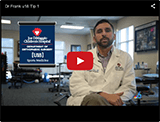 View more
View more -
Segment U18 Tip with Dr Frank 1
 View more
View more -
Dr. Frank’s 2010 WQAM high school football game halftime interviews
View more

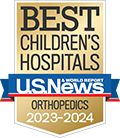


 Menu
Menu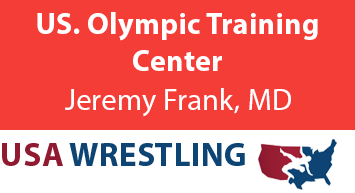






 In The News
In The News Hollywood Office
Hollywood Office

![[U18] Sports Medicine](https://www.kidbones.net/wp-content/themes/ypo-theme/images/u18-sports-medicine-performing-arts-logo.png)
